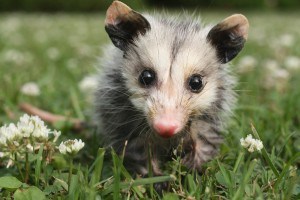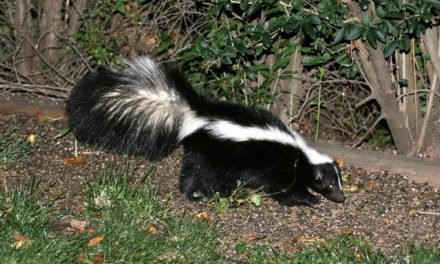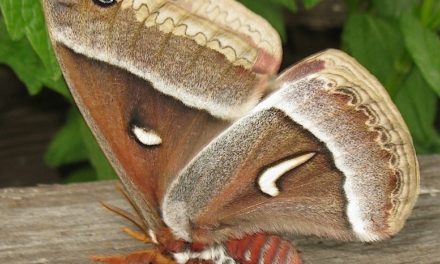By Jim Moore, Entomologist
In 1978 the North American continent was invaded by an unwelcome, and invasive species of wasp, the European Paper Wasp, species Polistes dominula. Within twenty years this wasp had colonized many areas of temperate North America. This wasp feeds itself, and its larvae, on a variety of insects, especially the caterpillars of butterflies and moths. Ecological concerns range from displacement of related native paper wasp species; damage to certain 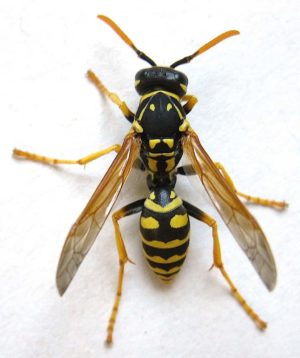 fruit crops; and increased predation on butterfly caterpillars, including endangered species.
fruit crops; and increased predation on butterfly caterpillars, including endangered species.
Its rapid spread appears to be due to a number of factors: the lack of native parasitic enemies; it is a predator on a greater variety of insects than native paper wasps; and it is highly adaptable to a variety of habitats, especially human habitats. It was beginning to look like possible doomsday for certain native insect species.
I lived for many years in the remote town of Westwood before I ever saw my first European Paper Wasp, with it’s distinctive orange antennae. But thereafter, I observed their numbers increasing year after year. Several years after their first appearance I saw and photographed my first Sooty-winged moth, species Chalcoela iphitalis. Again I observed the numbers of this moth also increasing year after year. At that time I had no Idea that this pretty little native moth was on the rise as an unlikely frontline predator against the invader wasp.
But now the war is ongoing; the frail moth predator against the larger aggressive colonial wasps. The secret tactic of our little moth defender is that it is a creature of the night, while the wasp villains are creatures of the day. Sooty-winged moths, acting alone, approach the wasps small nest in the darkness of night. The war, however, is not primarily between the moth and the wasp. Rather it is between their young! Creeping in upon the cells of the wasp’s nest, the moth lays three eggs on the sealed paper-cell of one wasp pupa. When the eggs hatch the tiny larvae chew their way into the cell and consume the wasp pupa! Some days later, three Sooty-winged moths emerge and fly off into the darkness of night! The European Paper Wasps seem to never catch on to the subterfuge of the little moths.
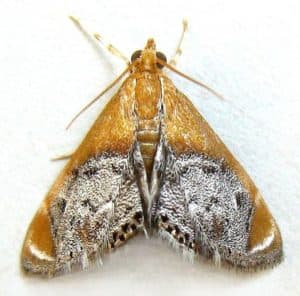 Of the 165,000 described moth species on earth, only about one percent are adapted to various forms of predation on other animal species. And of those only the Sooty-winged moth, and one other related species prey on paper wasps!
Of the 165,000 described moth species on earth, only about one percent are adapted to various forms of predation on other animal species. And of those only the Sooty-winged moth, and one other related species prey on paper wasps!
The war between the Sooty-winged moths and the invasive European Paper Wasps most likely will never be won. However, the battle waged by our own little native moth will certainly never end, and for that we may be grateful!

